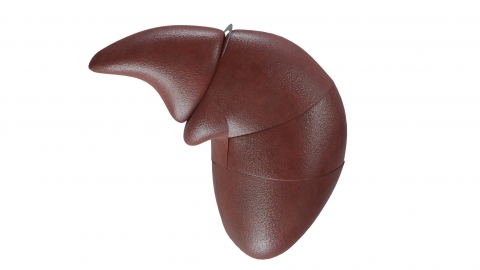Is an 8mm gallbladder polyp serious?
Generally speaking, a gallbladder polyp measuring 8mm is not considered serious. However, it has entered a critical stage requiring close monitoring. Surgery is usually not immediately necessary, but regular follow-up examinations are essential to watch for potential malignant transformation. Detailed analysis is as follows:

According to clinical guidelines, the key threshold for determining the severity of gallbladder polyps is typically 1cm in diameter. Polyps smaller than 1cm have a very low risk of malignancy. An 8mm polyp remains within the low-risk range and is mostly benign. If asymptomatic, no specific treatment is required.
However, it's important to note that 8mm is close to the high-risk threshold, so two aspects require particular attention: First, growth rate— if the polyp increases by more than 3mm within six months or continues to grow over one year during follow-up exams, the risk of cancer significantly rises. Second, associated conditions— if the patient also has gallstones, chronic cholecystitis, or is over 50 years old, the risk of malignant transformation may increase due to long-term irritation of the gallbladder, even if the polyp hasn't reached 1cm.
In summary, while an 8mm gallbladder polyp is currently not severe, close monitoring remains the cornerstone of management. It is recommended to undergo abdominal ultrasound every six months to dynamically track changes in the polyp. Additionally, maintaining a low-fat diet and regular lifestyle can help reduce stress on the gallbladder. Should surgical indications be met, timely surgery under medical guidance is necessary to completely eliminate potential risks.




